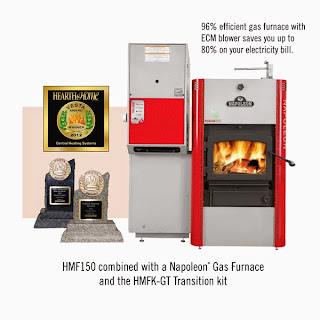The Ontario Power Authority (OPA) has announced rates it will pay for power from homeowners who install solar panels in 2015.
The provincial government has a program to encourage the development of solar power. The program for homeowners wishing to install panels on their roof is called microFIT. FIT stands for Feed-In-Tariff, which just means the rate the utility will pay for power produced for the grid.
The microFIT program is for FIT projects that are under 10kW. The program is specifically designed for homeowners. A 10kW system is made up of 40 solar panels on a home’s roof. Most residential solar panel installations are between 5kW and 10kW.
The OPA is required to review the prices offered on an annual basis to ensure both ratepayer value and a fair return on investment. The rate for 2015 is 38.4¢ per kWh.
The new rate is 3% less than the 2014 rate. Rates paid for solar power have declined steadily since the program was first introduced.
As the market for solar power has increased across North America, equipment costs have declined. The government has designed the program to provide a fair rate of return for homeowners investing in solar equipment.
Solar Panel systems that are 5 - 10 kW in size are surprisingly affordable. Full installation costs are in the range of a new car. Banks are willing to finance the systems because of the guaranteed government contracts. Financing costs are below the revenue a system will produce. A 10 kW system will generate over $90,000 in revenue and produce an ROI of 10-13%.
Homeowners that install solar panels continue to pay the utility 7.5¢ to 13.5¢ per kWh for the hydro they use (depending on time of use). They sell the power their solar panels produce back into the grid for 38.4¢ per kWh for the next 20 years.
The government is willing to pay a premium price for solar power for several reasons. Solar Power production peaks on the hottest sunny days in the summer, just when air conditioners cause peak demand to occur. The alternative to solar power during these peak times is more power plants and more transmission lines. This is a very expensive proposition just to supply power at peak demand times. Solar Power is produced without emissions, so we have cleaner air. Solar Power is used locally (in your neighborhood), so it does not require extra infrastructure spending.
The microFIT program is set up so everybody wins. There has been an increasing number of homeowners wanting to take advantage of this investment opportunity and at the same time make a valuable contribution to the environment.
Before you can proceed with solar panels, there is an approval process. Most homeowners in urban areas can obtain approval. There are some rural areas that cannot accommodate more solar projects. Reputable contractors like The Hayter Group help homeowners with the approval process with no out-of-pocket costs.
In 2015 the OPA will be looking to add as much as 70MW in residential solar projects to the grid. This is made up of a 50MW annual target, plus some carry-forward from the previous year.
The general rule of thumb is that 1MW will power 1,000 homes. The province will be adding enough solar power projects in 2015 to power a small city. There will also be an opportunity for 1,000’s of homeowners to make a great investment and at the same time make a substantial contribution to the environment.
Chad Hayter, The Hayter Group



